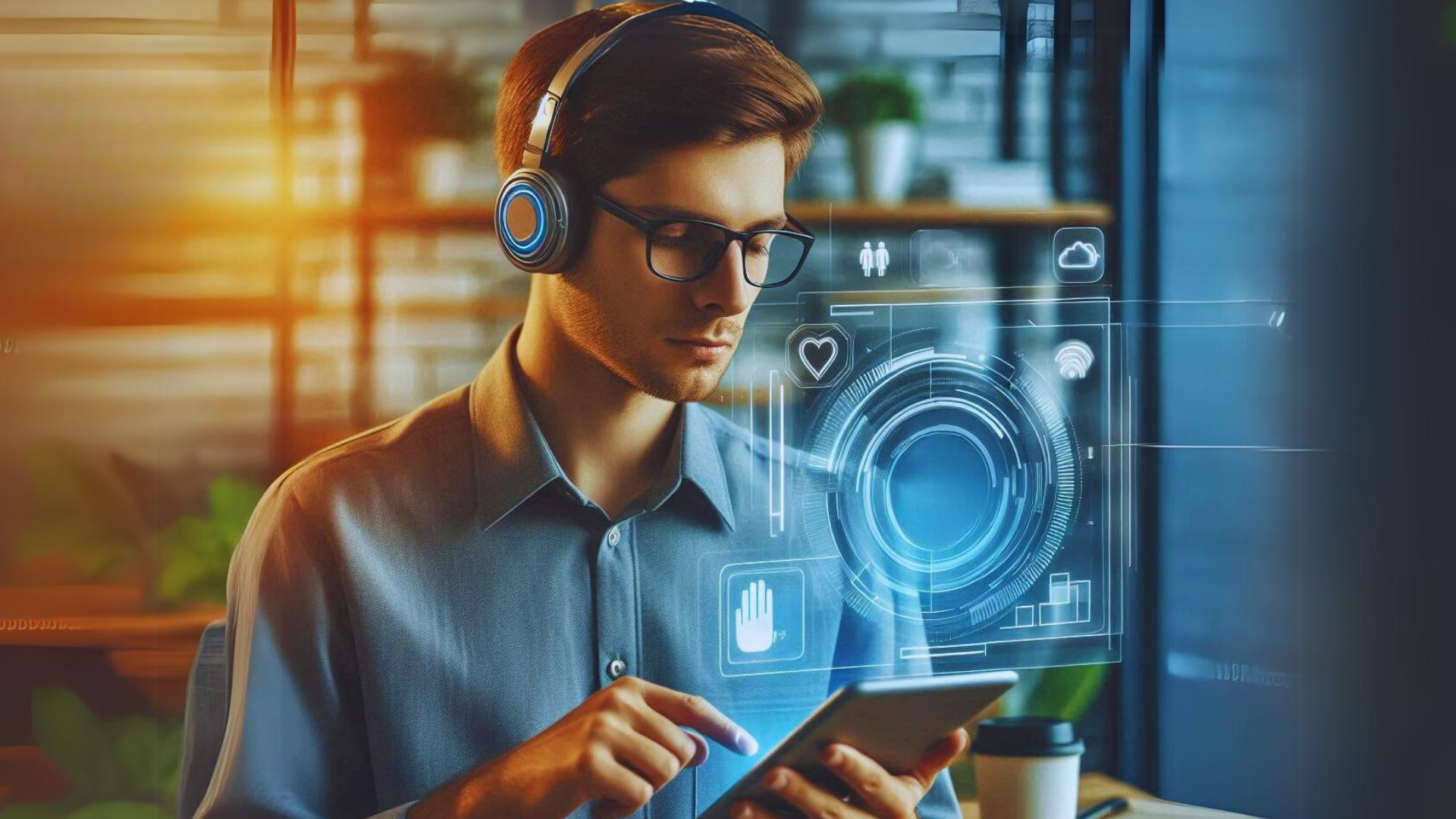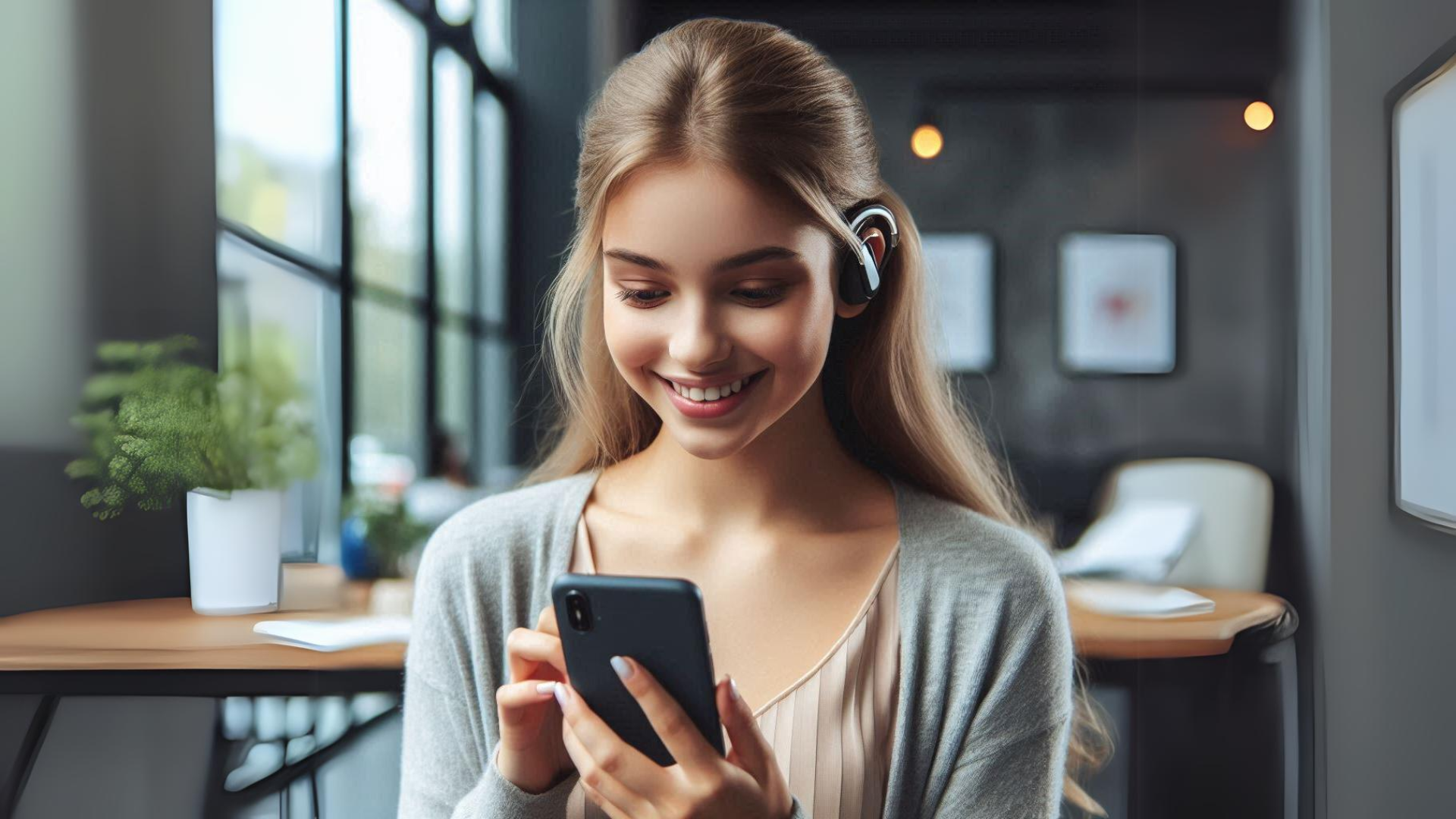How Do Deaf and Blind People Communicate? Popular Questions
People who are deaf and blind face big challenges when they want to talk to others or understand what’s happening around them. This article looks at the clever ways these individuals share thoughts and stay connected with the world. We’ll explore everything from special sign language you can feel, to Braille, and even some cool apps designed just for them. It’s all about finding creative solutions to make sure everyone can chat, share stories, and be part of the community, no matter what.
What Is Deafblindness?
Deafblindness, also known as “dual sensory loss” or “multi-sensory impairment,” doesn’t always mean being completely deaf and blind. Instead, it’s when both your sight and hearing are reduced enough to make everyday tasks really challenging. Even a little loss in both can make things tough, because usually, one sense helps make up for the other. Deafblindness varies a lot. It can be as mild as having a hard time watching or hearing the TV, or as severe as not being able to see or hear anything. But many people with deafblindness still have some sight or hearing.
Symptoms of Deafblindness

Deafblindness is more common in older adults but can happen at any age, even in babies and children. In older adults, it often comes on slowly, so they might not notice their sight and hearing are getting worse.
Here are some signs to watch for:
- Turning up the volume on the TV or radio more than before.
- Having trouble keeping up with conversations.
- Not noticing sounds like someone knocking on the door.
- Asking people to talk louder, slower, and more clearly.
- Needing to hold reading materials very close or sitting close to the TV.
- Finding it hard to get around in new places.
What Causes Deafblindness?
Deafblindness can happen because of certain health issues, illnesses, or simply as part of getting older. Here are some reasons people might become deafblind:
- Hearing loss due to aging.
- Eye problems like age-related macular degeneration (AMD), cataracts, and glaucoma.
- Usher syndrome, which is inherited and affects hearing, sight, and balance.
- Brain damage from things like meningitis, encephalitis, a stroke, or a serious head injury.
- Issues from being born too early.
- Infections during pregnancy, including rubella, toxoplasmosis, or cytomegalovirus (CMV).
- Inherited conditions, such as CHARGE syndrome or Down’s syndrome.
- Cerebral palsy, which is a condition that affects movement and coordination due to problems with the brain and nerves.
How Does Deaf-Blindness Affect Communication?
Deaf-blindness significantly impacts communication because it affects the two main senses we use to interact with others: sight and hearing. Here’s how it can make communication challenging:
- Reduced Non-Verbal Cues: Without sight, it’s hard to pick up on body language, facial expressions, and other visual cues that add context to conversations.
- Difficulty with Spoken Language: Hearing loss makes it tough to hear and understand spoken words, whether in person or through electronic devices.
- Barrier to Standard Sign Language: Many people with hearing loss use sign language, but those who are also visually impaired may not be able to see the signs well enough to use this method effectively.
- Challenges with Reading and Writing: Vision loss can make it hard to read written text or see what one is writing, affecting traditional methods of written communication.
- Navigating Social Situations: The combination of vision and hearing loss can make it difficult to follow group conversations or interact in social settings, leading to feelings of isolation.
To communicate effectively, people with deaf-blindness often rely on adapted methods and technologies, such as tactile sign language, Braille, and assistive communication devices, which allow them to engage more fully with the world around them.
How Do Deaf and Blind People Communicate?
Signed Languages: People who are deaf or hard of hearing and have low vision might use American Sign Language (ASL) or another sign language based on English. Sometimes, they might need the signs or fingerspelling to be done more slowly to see them better. Wearing clothes that contrast with their skin color can also help make the signs more visible. For example, someone with light skin might wear a dark shirt.
Adapted Signs: If a deaf-blind person has limited vision on the sides (peripheral vision), they might need the signs to be made in a smaller area, like in front of the chest. Some signs that are usually made lower, like at the waist, might be moved up to the chest area.
Tactile Sign Language: In tactile sign language, the deaf-blind person touches the signer’s hands to feel the signs’ shapes, movements, and positions. Some signs and facial expressions might need to be changed for better understanding through touch. For example, they might sign “not understand” with a specific movement instead of the usual “understand” sign with a head shake.
Tracking: People with some vision left, like tunnel vision, might hold onto the signer’s arm or wrist to visually track the signs. This helps them follow the signing more easily.
Tactile Fingerspelling: People who are blind or have significant vision loss and later lose their hearing might prefer tactile fingerspelling. This is because learning sign language can be challenging. They might touch the fingerspelling hand, place their hand on the signer’s palm, or wrap their hand around the signer’s hand to understand the spelling.
Tadoma: This method allows people with little to no vision to understand speech by touch. They place their thumb on the speaker’s chin and fingers on the cheek to feel voice vibrations and lip movements. Tadoma isn’t very common these days.
Communication Tools for Deaf-Blind Individuals
Communication Cards and Books: Deaf-blind individuals often use simple tools like communication cards or books. These are usually Braille or large print cards that ask for help or provide specific information, like needing assistance to cross the street. They’re straightforward, cheap, and easy to replace if lost or damaged. However, they’re not great for long or complex conversations.
Support Service Providers (SSPs): SSPs are trained professionals who help deaf-blind people by providing visual and auditory information and acting as guides. They use tactile sign language, close visual sign, and other methods to communicate. SSPs offer flexibility in understanding the environment and help with complex tasks. But, they can be hard to find and costly, and might not be ideal for private matters.
Technology and Computers: Many deaf-blind individuals use computers for visually impaired individuals for longer-distance communication, like instant messaging, text chats, and emails. Specific packages, like the Interpretype DBCS 2.0, offer tools for face-to-face communication using paired laptops and Braille displays. However, this setup can be cumbersome and not very portable for quick conversations.
Electronic Braille Notetakers: Portable devices like Braille notetakers offer functions similar to personal digital assistants, including messaging and web browsing, and are great for face-to-face communication. Brands like HIMS and HumanWare offer devices with unique features for deaf-blind users, like tactile feedback and the ability to connect with sighted users through visual displays.
iOS Devices: Apple’s iOS devices, with built-in accessibility features like VoiceOver and Zoom, are popular among deaf-blind users. They support Braille displays and offer a range of accessible apps for both long-distance and face-to-face communication, making them versatile tools.
HumanWare Communicator: This app facilitates face-to-face communication between deaf-blind users and sighted individuals. It’s easy to set up and use, offering features like programmable greetings and the ability to save conversations. It’s designed to make starting and having conversations easier and more accessible.
These tools and services each have their strengths and limitations, offering various options for deaf-blind individuals to communicate and interact with the world around them.
Deafblind Communication Apps

Assistive technology apps like screen readers can significantly enhance communication for individuals who are deafblind, each tailored to specific needs and often used alongside other devices. Here are three apps making a difference:
- Nagish: Nagish is an innovative app providing real-time captioning for phone calls, using AI to convert speech to text and vice versa, allowing users to type and read instead of hear and speak. It includes features for personalization like linking numbers, supporting multiple languages, Bluetooth compatibility, a personal dictionary, a spam filter, and privacy safeguards such as secure calls and the option to save transcripts. It’s compatible with braille displays, screen readers, and available on both iOS and Android.
- Make it Big: This app is designed for straightforward, in-person communication. Typing a message in the app enlarges it to fill your screen, making it easier to show others. It comes with handy features like making the text flash by shaking your device, automatically adjusting text size and orientation, and saving messages for quick reuse. Make it Big is accessible on iOS and Android platforms.
- OKO: Dubbed as the AI Copilot for the blind, OKO is a camera app that assists in exploring surroundings with live feedback. Primarily aimed at pedestrian safety, it can indicate traffic light status through haptic and audio feedback, mimicking a physical APS system. OKO is privacy-focused, performs best in daylight for accurate traffic light detection, and supports both iOS and Android devices. It’s particularly beneficial for those who are deafblind or experiencing sight and hearing loss, offering greater confidence and independence when navigating streets.
What Is the National Deaf-Blind Equipment Distribution Program?
The National Deaf-Blind Equipment Distribution Program, often referred to as iCanConnect, is a federally funded initiative in the United States designed to help individuals who are deaf-blind gain access to telecommunications equipment they need to communicate more effectively. This program aims to ensure that people with combined significant hearing and vision loss can connect with family, friends, and their community, enhancing their ability to participate in daily activities.
Under this program, eligible individuals can receive a wide range of modern telecommunication tools and technologies at no cost. These can include specialized smartphones, tablets, screen reader software, Braille displays, and other assistive technologies that cater to their specific communication needs. Beyond just providing the equipment, the program also offers training on how to use these technologies effectively, ensuring that recipients can make the most out of the tools provided to them.
The goal of the program is to break down the barriers to communication that deaf-blind individuals face, promoting their independence, social integration, and participation in various aspects of life, including education and employment. It operates in all 50 states, the District of Columbia, Puerto Rico, and the U.S. Virgin Islands, each having a designated agency responsible for the program’s implementation in their region.
Empowering Accessibility Through Technology
Blind individuals can access the internet through a variety of powerful tools and assistive technologies, such as screen readers, braille displays, and voice recognition software. These innovations enable greater independence, allowing visually impaired users to navigate websites, communicate, and engage with digital content just like sighted users. As technology continues to evolve, the internet is becoming increasingly inclusive, breaking down barriers and providing equal opportunities for everyone. By understanding and implementing these tools, we can help create a more accessible digital world for all.
